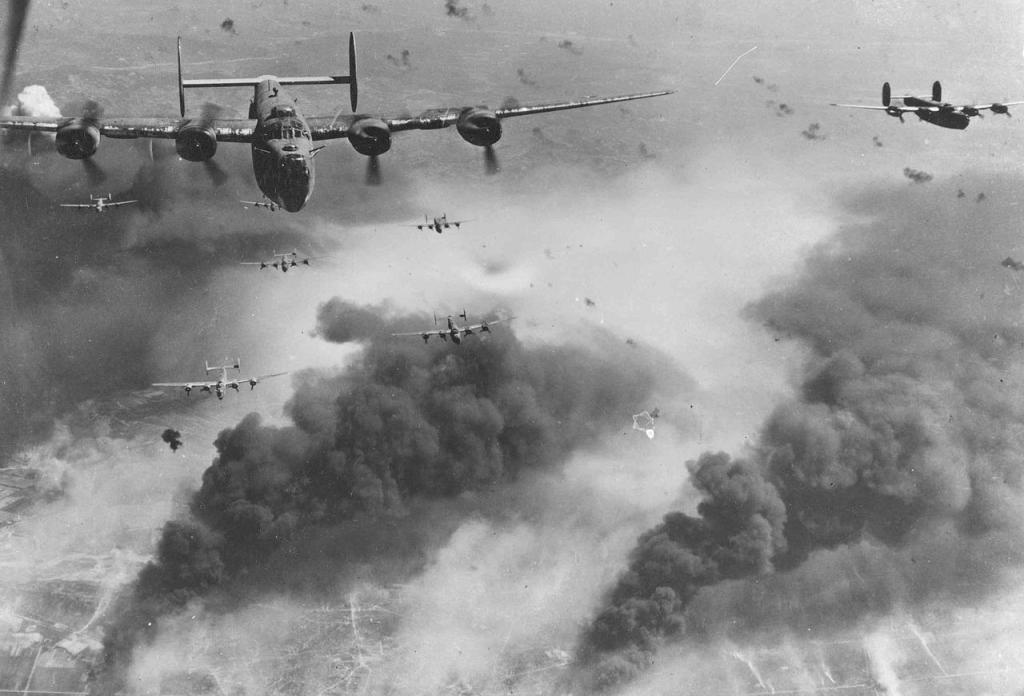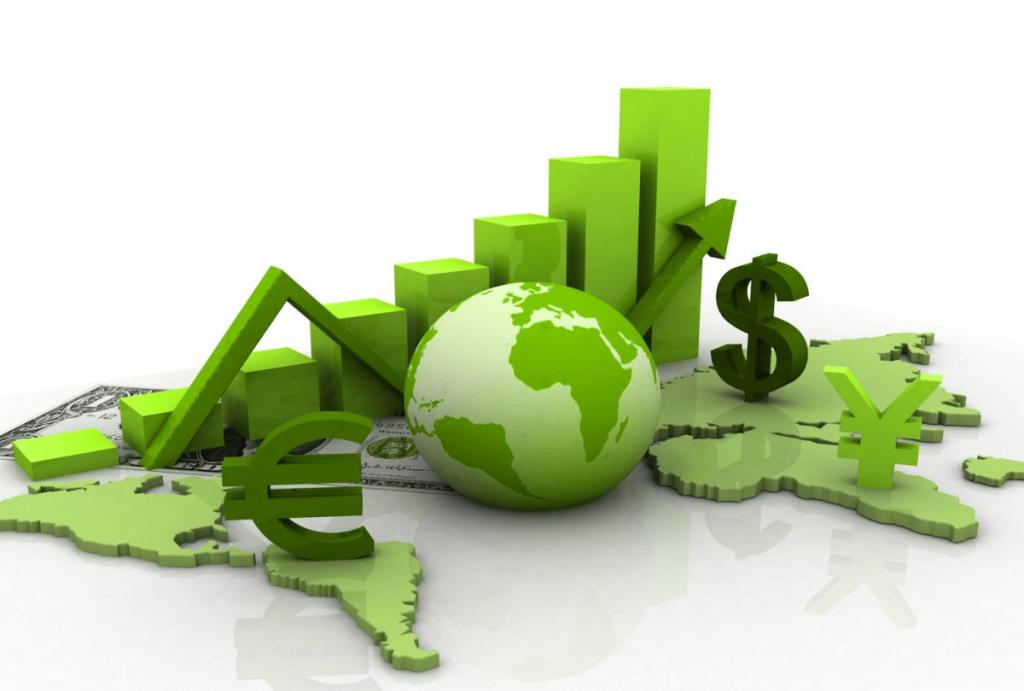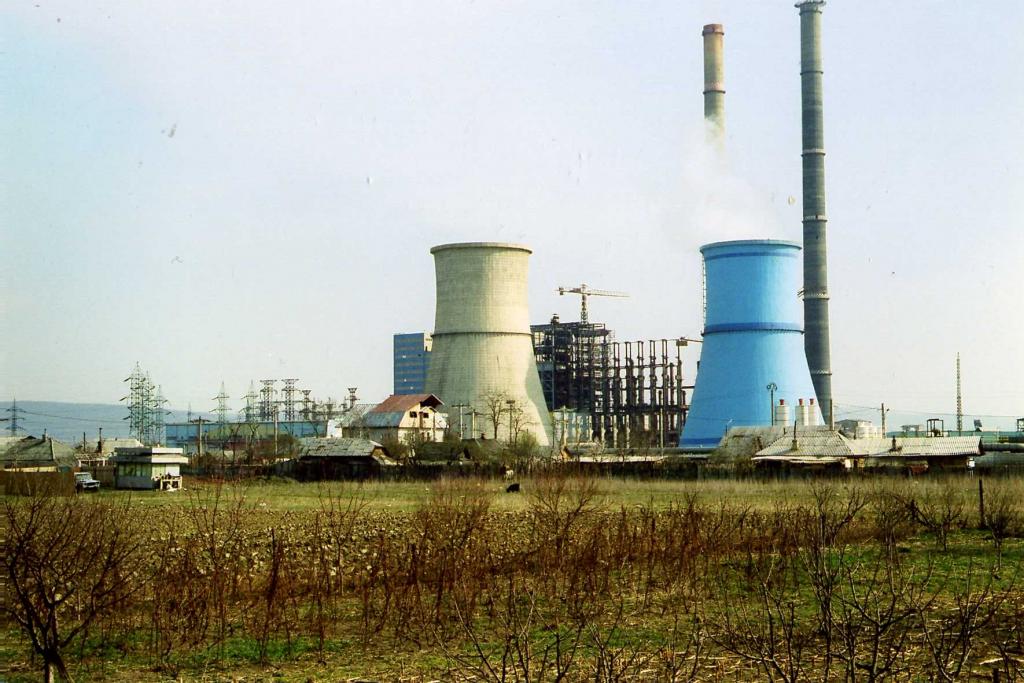What does Romania associate with a Russian person? With Transylvania and vampires, with Count Dracula. With furniture that was so popular in the vast Soviet Union. With gypsies, and therefore a little thieving, cunning people. With anything, but not with a strong economy. There is also such a stereotype: Romania is an extremely poor country with an undeveloped agricultural economy. Perhaps about 20 years ago this thesis could be considered true, but is the Romanian economy really in such a deplorable state now? Let's try to figure it out.
Country Brief
Romania is a state with its capital in the city of Bucharest, located in Eastern Europe, in the Balkans. On its territory of 238 thousand km 2 live 19.5 million people, of which 90% are Romanians. About 87% of the population are Orthodox. The entire territory of the country is divided into 42 administrative units. Romania borders Moldova and Ukraine in the northeast, Hungary and Serbia in the west, Bulgaria in the south. The country also has access to the Black Sea.
This is a unitary state headed by the president (Klaus Johannis since 2014). Legislative power is exercised by a bicameral parliament. The Romanian economy is considered industrial-agrarian, although in recent years there has been a tendency to increase the share of the services sector. The currency is the Romanian leu (1 dollar equals approximately 4 lei). The country has a high human development index - 0.81, thereby occupying the 50th place in the world.
An excursion into the history of economic development
The state became independent in 1878. Since then, the Romanian economy has followed a rather successful path until the Second World War. Particularly productive for the Romanian economy was the break between the two wars. After World War I, a successful agricultural reform was carried out in the country, which by 1934 allowed Romania to become one of the main suppliers of food, especially grain, to European countries. Stable economic growth was facilitated by the sale of large quantities of oil to Europe: more than 7 million tons in 1937. By 1938, industrial production doubled compared to 1923. Economic growth ended in Romania when World War II began. Many industrial and agricultural centers of the country were destroyed during the bombing.

Since 1950, the industrialization process began, which by 1960 increased the volume of industrial production by 40 times. At the same time, hydroelectric power plants, various industrial and production facilities are being built. In the 1970s the country's economic growth continues. On the Black Sea coast, resort centers are being formed, designed mainly for foreign consumers. They could buy scarce goods made in Western Europe or the United States. The economy and standard of living in Romania at this time are growing rapidly. Oil production volumes were also actively increasing, oil refining industries were developing. At the same time, the country is faced with a certain kind of problems, for example, such as fluctuations in oil prices and lack of markets for manufactured products.
The 1980s saw serious problems for the Romanian economy. The depletion of oil reserves and the obligation of early repayment of loans forced the government represented by N. Ceausescu to go on to designate unpopular measures and austerity. So, in Romania, food cards were introduced, a limit on the use of electricity, all manufactured goods began to be exported. Tough measures really helped pay off external debts, but the country by the end of the 1980s. was on the verge of economic collapse. In 1989, the president was overthrown, and the new government began to rebuild the Romanian economy from command to market rails.
Key economic indicators
As of 2017, Romania’s total GDP is $ 210 billion. This is the 11th place in the European Union. GDP per capita, compared with other EU countries, is quite small and amounts to only 9.5 thousand dollars (about half of the pan-European). Romania’s GDP growth rate is impressive: in 2017, it grew by 5.6%, which allows us to call the Romanian economy one of the fastest growing in the EU. The Romanian economy, after joining the EU, was able to fully stabilize. This was facilitated by economic reforms of the early 2000s. So, in 2007 Romania was symbolically dubbed the "Balkan Tiger", drawing an analogy of a rapid leap with a jump in economic growth.

The country has a very low level of inflation (1.1%) and unemployment (as of 2018, only 4.3%). However, despite the high level of employment, about 23% of Romanians are below the poverty line. The reason for this is low salaries - about 320 euros per month (throughout the EU lower than salaries only in Bulgaria). The Gini coefficient is 0.36 units, which indicates a more or less equal distribution of income between citizens of the country. Romania's external debt is not large and amounts to 39% of GDP.
Export and Import
Romania ranks 40th in the world in terms of exports and imports. In 2016, the country exported nearly $ 65 billion worth of products. The main export items were: auto parts, automotive products and tires, wheat, insulated copper wire. The largest share of exports went to Germany (13 billion dollars), Italy and France (7 and 4.3 billion dollars respectively).
Romania in 2016 imported $ 72 billion worth of goods, that is, the country purchased 7 billion more than it sold. This indicates a negative trade balance. The country buys mostly auto parts ($ 3 billion), medicines ($ 2.5 billion), cars and crude oil ($ 2 billion each). The main trading partners of Romania are Germany, Italy and France.
Agriculture and Industry of Romania
For the country in the early stages of its development, mining was extremely important. For a long time, almost the only product exported was oil. The structure of the Romanian economy in the 20th century was, for the most part, the mining and manufacturing industry. To this day, precious metals, ores, oil and gas are mined in the country. However, the extracted gas is already not enough even to satisfy our own needs, and there is quite a bit of oil left in the bowels (no more than 80 million tons). Therefore, the Romanian industry at the moment is engineering. Dacia - the most influential car manufacturer in the country since 1966, brings to the Romanian economy 4.5 billion euros annually.

Agriculture in Romania is represented by plantations of corn and wheat - they sowed about 70% of all arable land. Potatoes and beets are also grown. In the Carpathians, such fruits are grown: pears, apples, plums. Near the mountains and in Transylvania there are also many plantations of grapes. Cattle breeding in the country is represented mainly by sheep and pig breeding. The agricultural sector is quite successfully coping with product requests among the Romanian population.
Romania's economic difficulties
One of the main problems facing the Romanian economy is the high level of corruption. As the investigations of the Council of Europe show, the fight against it is slow and not particularly effective. Corruption is also associated with public discontent. In Romania, the people are massively opposing the situation in the country. This could be seen in the protests that erupted in 2017–2018. in connection with exemptions in anti-corruption legislation.
Romania also suffers from logistical problems. The country has very poor railways and highways, which occupy 128 out of 138 in the world ranking of roads. The situation with external debt is also alarming. Despite the fact that it is quite small, its growth rate is only increasing.
General conclusion
Speaking briefly about the Romanian economy, we can say that, having passed the long and thorny path of development and diversification, now it is quite successful. Naturally, the country still needs to grow to European salaries and living standards, but this growth is really visible. The entry into the EU, which opened up a common market for the eastern state and helps the region financially and financially, had a beneficial effect on the Romanian economy. Romania’s GDP is growing at a rapid pace, faster than that of any other EU country. The volumes of export and import are increasing. Industry and agriculture are developing. Gradually, Romania ceases to play the role of only an energy supplier to Western Europe.